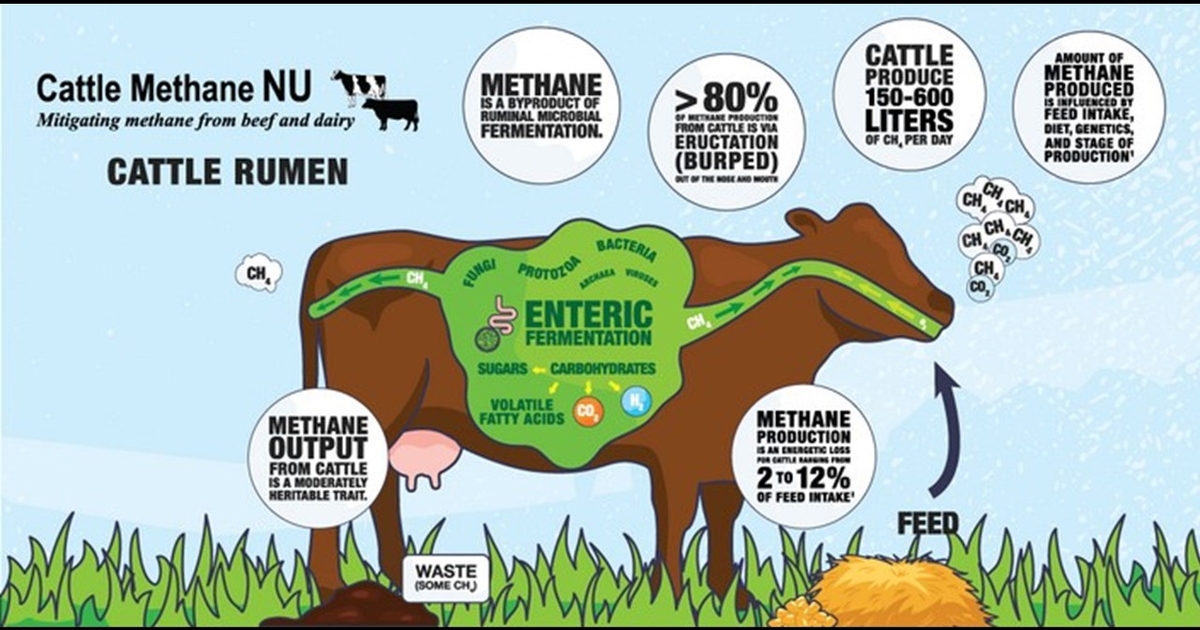New model Is transforming the study of liver abscesses in cattle
Posted on June 25, 2024
Source: Farm Progress. The original article is posted here.
.jpg?disable=upscale&width=1200&height=630&fit=crop)
Researchers have now developed and validated a new model to induce and study liver abscesses in cattle, helping researchers and the beef industry take a significant step toward better understanding, treatment, and prevention of the condition. The study , published in a Special Issue of Applied Animal Science on liver abscesses in cattle, aimed to improve understanding of the factors contributing to liver abscess formation. "A viable experimental model was developed to evaluate liver abscess formation and occurrence in cattle and to assess the roles of Fusobacterium and Salmonella in abscess formation and severity," said David K. Beede, PhD, Editor in Chief of the journal.
Liver abscesses result from bacterial infections within the liver, often linked to high-grain diets fed to feedlot cattle. These infections can substantially reduce animal growth, carcass value, and overall well-being with an estimated annual economic impact of $400 million in lost revenue in the United States.
"Our research focused on developing a reliable model to replicate the natural occurrence of liver abscesses in feedlot cattle," explained the study's lead investigator Paul R. Broadway, PhD, of the US Department of Agriculture's Agriculture Research Service Livestock Issues Research Unit in Lubbock, Texas. "This kind of model, we know, would be a hugely valuable tool to guide future research aimed at preventing and mitigating liver abscess formation."
The study involved 40 Holstein steers fed one of four diets--a low-starch control diet, a high-starch acidotic diet, a high-starch acidotic diet coupled with administration of Fusobacterium necrophorum (a primary bacteria associated with liver abscesses) introduced directly into the rumen, as well as a high-starch acidotic diet with both Fusobacterium necrophorum and Salmonella enterica (another potential liver-abscess-causing bacteria) introduced into the rumen.
The researchers monitored ruminal health and animal body temperature throughout the experiment. At the study's conclusion, they examined the steers for the presence and severity of liver abscesses.
Steers fed the high-starch acidotic diets with bacterial inoculation had 40% to 50% prevalence of liver abscesses, similar to that observed in commercial feedlot settings. No liver abscesses were found in steers fed the control or noninoculated acidotic diets.
"This study successfully replicated liver abscess formation in cattle," said Broadway, "and the model's repeatability validates its use for future research on liver abscesses."
Broadway and his team highlighted the need for further investigation into the potential synergistic effects between Fusobacterium and Salmonella in abscess development, and into studying the movement of these bacteria throughout the digestive tract to identify their potential routes to the liver.
With this new model at hand, researchers will be able to explore remaining questions on the disease progression of liver abscess formation and explore new strategies to better prevent and treat this costly and detrimental condition in cattle.
The article appears in the June issue of Applied Animal Science.

.jpg?disable=upscale&width=1200&height=630&fit=crop)


